The Heights – An Xperience Column – by Joe Barna.
Welcome back to your monthly resource for all that is good and bad about jazz music in the matrix known as the Capital Region. I’m your host for this journalistic adventure, Joe Barna. On today’s episode of The Heights I will attempt to answer 3 questions in regards to the idiom of music known as JAZZ.
Is jazz still relevant?
What has pushed audiences away?
Where is jazz headed?
The response to these questions can be quite varied. But, I do believe there exists a common denominator that can, at least to some degree, answer these inquiries. Although these answers may not be 100% accurate I, as someone deeply entrenched in the genre, have confidence the reader will have a better understanding and a richer insight into jazz as it stands in today’s market.
Let’s get started…..
Jazz is America’s first true art form. It was brought here through the fusion of traditional African rhythms combined with the feeling and struggle of field songs during a time when many were forced to work what is considered slave labor jobs. The genre, in essence, came into existence as a sonic protest against many conditions being bestowed upon those who were considered poor or impoverished. During this period the music possessed an edgy soul and sense of flow that helped give a genuine insight into the minds of those that were responsible for the music’s birth. However, over time the music has become an exercise that attempts to test the intellect of those daring to try and understand it. However, there still remains a large demographic of artists that refuse to enter into that modern realm. They feel, as I do myself, that what makes jazz beautiful is its inclusiveness, relatability, soul, swing feel, elegance, authenticity and lyrical promiscuity.
The first question I proposed above states “Is jazz still relevant?” I will give a short answer…ABSOLUTELY and WITHOUT QUESTION, YES. But, what makes jazz relevant in an era where music has been dumbed down to the point where the general public has a difficult time deciphering whether something is either good or bad? As one man by the name of Edward Kennedy “Duke” Ellington once said, “There are only 2 types of music, Good and Bad.”
I think we have lost our way in music. We as a society are willing or to some degree are forced to listen to whatever we are told is popular. Don’t forget that the swing era of jazz was the first incarnation of what we now consider “Pop Music.” The difference between early pop music and today’s pop music is that people learned how to dance, dress and interact with one another in a more sophisticated manner and always showed a certain level of respect for one another while out engaging in social arenas. Today’s pop music promotes a level of degeneracy, from my perspective, that undermines the integrity of why music exists in the first place. I feel it is meant as a celebration of community meant to bring people together in an attempt to create brotherhood as well as a sense of joyful pride in regards to where one resides. What I see now is a heightened and unhealthy level of indoctrination through pop music used to facilitate narratives and divide the public into camps. Through this system we are never fully allowed the opportunity to come together as one community with multiple perspectives that loves and embraces each other without prejudice.
Jazz, in its beginning, was born as a means to bring people together. Although it was founded on struggle, the music somehow had a way of bridging gaps and creating a strong, confident and proud community. I find that even in jazz we now have a heightened level of division and contempt that runs like the most threatening of tidal waves over an unsuspecting coastal town. It saddens me in a way to have such division, but I see life as a series of cycles that eventually brings us back to where things began. I’m hopeful that people will find their way back to jazz and are open to its rich melodic beauty.
Is jazz relevant?…To me it is…And, if given the chance I believe it will be to you as well.
Second question on my list is “What has pushed audiences away from jazz?”
I touched upon it in the previous paragraphs, but here I’d like to delve into finer detail as to why I believe audiences have moved away from jazz in a general sense. Some of what you will read here might be old news. However, after reading I feel you will gain a deeper understanding about the direction jazz has taken and why audiences have dipped off in recent years.
Let me state first that I know all too well that jazz as an art form has to move forward. To have stagnancy in jazz goes against the foundation of what it means to progress in the modern era. The music is meant to break ground, introduce new content and cross breed styles. It has a tradition of breaking all the rules and going far beyond that which has been brought to light previously. Having said that, I think some concepts being introduced today alienate people, confuse audiences, present elements of elitism and for lack of a better explanation possess an absence of pure soul that once made jazz so popular.
The modern jazz musician seems to have more of a self interest in regards to the music they produce, rather than an interest in bringing people together. They seem to have committed more to developing difficult harmonic conceptions than to birthing a singable melody or a memorable lyric. It has become a series of mathematical and intellectual gymnastics that confuses the listeners and offers very little in making the experience pleasurable. Pop music isn’t popular because it’s good, it’s popular because it’s simple, memorable and easy to digest by more than 40 people. We have the ability to communicate in a similar fashion using jazz as the medium, but more and more I find that the younger generations resist inviting people into the music, choosing rather to play over the heads of the public. They feel it’s beneath them to swing or perform a simple melody. However, that is a gross miscalculation on their part. Use your solos as a vehicle by which to showcase your inflated knowledge of the music. There are ways to play accessible music for the listener allowing them to attach themselves to the moment, while simultaneously offering the artist him or herself the chance to go deeper rhythmically, harmonically and conceptually. It’s not a contest to see who can play the hardest sh*t…It’s just music.
I hope that to some end I have answered the question “What has pushed audiences away.” We could go much deeper, but I only have so much space in this article.
Now, our third and final question is “Where do I see jazz headed.”
As someone who performed over 200 times in front of a variety of different demographics in the year 2023 I can say with 100% confidence that what brought all of those audiences out, many of them sold out rooms, was how the music felt and to what degree the music was presented in a way where individuals could relate. We are in a time where the world is getting uprooted, many are struggling more than ever financially and fear is the pandemic of our lifetime. So, what do people really want when they choose to go out to a live performance? They want to smile, cry, dance, laugh and leave with a sense that their time and money were well spent. No one wants to leave a show feeling worse or more confused than they did before they attended. They want a sense of peace mixed with familiarity, sprinkled with a dash of something new and topped off with an element of surprise. Each ingredient is well balanced without any single flavor overwhelming the meal.
Is that so hard? Well, sometimes in jazz it seems to go over the heads of those on stage. They are more concerned with what they are getting out of it rather than what the audience is gaining from having attended.
Where do I see jazz headed? I think we are rounding the corner back to a time of beautiful melodies, memorable solos and plenty of toes tapping. If anyone has been to one of my concerts you know you’re gonna leave feeling good about having been there. My band is one of the groups that I feel combines the rich history of swing with elements of the bebop era, a dash of tasty hard bop and a look into the present. We choose not to play too far over the heads of our audiences and give the listener something to hum on the way home from the performance. I know many others like myself in the Capital Region who offer a similar experience. For starters Keith Pray, Tark Shah, Ian MacDonald, Justin Henricks, Jody Shayne Brooks, Jeanine Ouderkirk, Mike Novakowski, Matt Niedbalski, Dylan Perrillo, Awan Rashad and a few others. We have a rich history of great jazz in this region. It’s because of artists like Lee Shaw, Nick Brignola, Leo Russo, JR Montrose, Jack Fragomeni and others we can be proud to live in an area that has offered and continues to offer so much in regards to the live jazz scene. They each played with all the elements I’ve listed in the body of this article. Inclusiveness, accessibility, swing, integrity, selflessness, respect for history and a genuine interest in the future of the music. We here in the capital region of New York need to count our blessings for what we have been afforded all these years. Do not take anything for granted and go out to hear this music we call jazz. You deserve it.
I could go on and on and on about jazz in the modern era, but I’m going to leave it here for now. I hope you see this artform a little differently having read my article. This music offers so much to the listener and possesses a beauty uniquely its own. I apologize if your introduction to jazz came from a band that disregarded your presence, played over your heads, didn’t engage your senses or left you feeling confused. Please, give it another chance, or even a first chance if you haven’t already. There is something transcendent out there waiting for you given the right circumstance. I promise you will love it.
Warmest Regards,
Joe
Author
Staff
You may also like
Continue reading
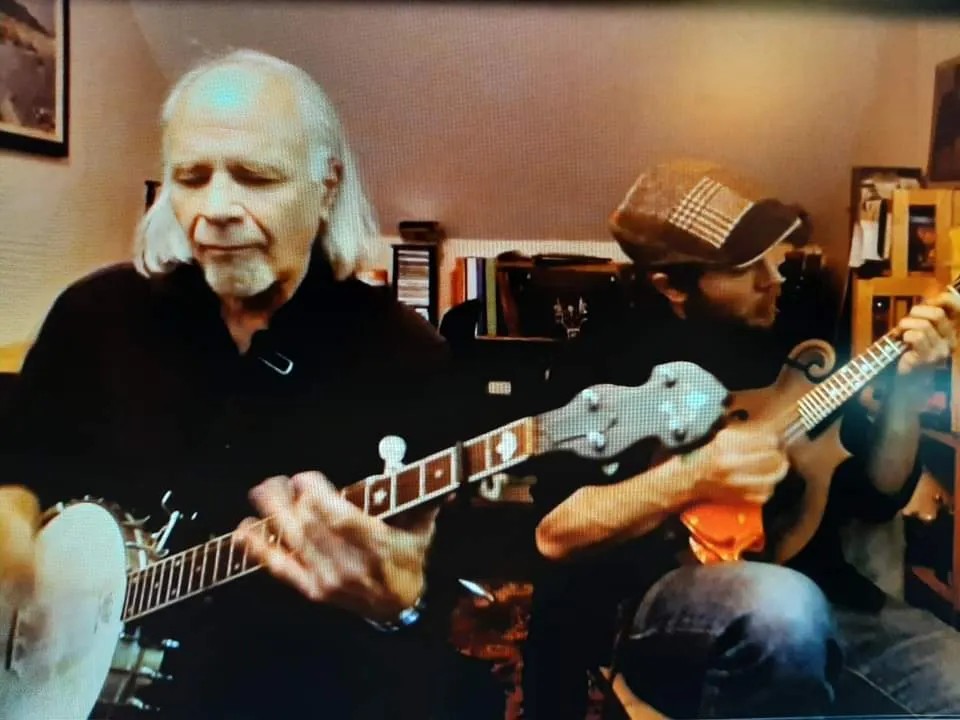
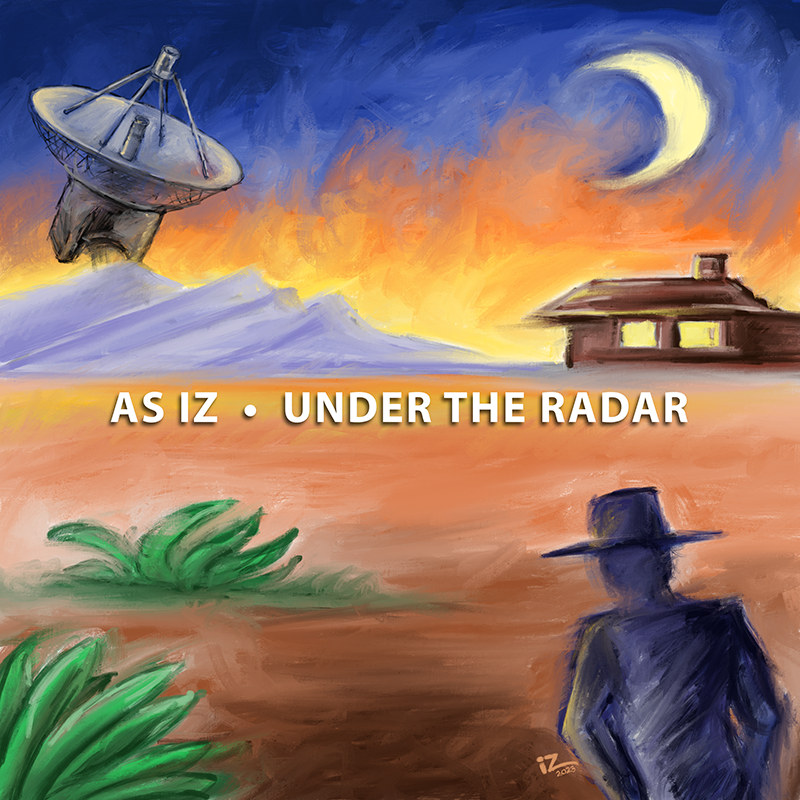
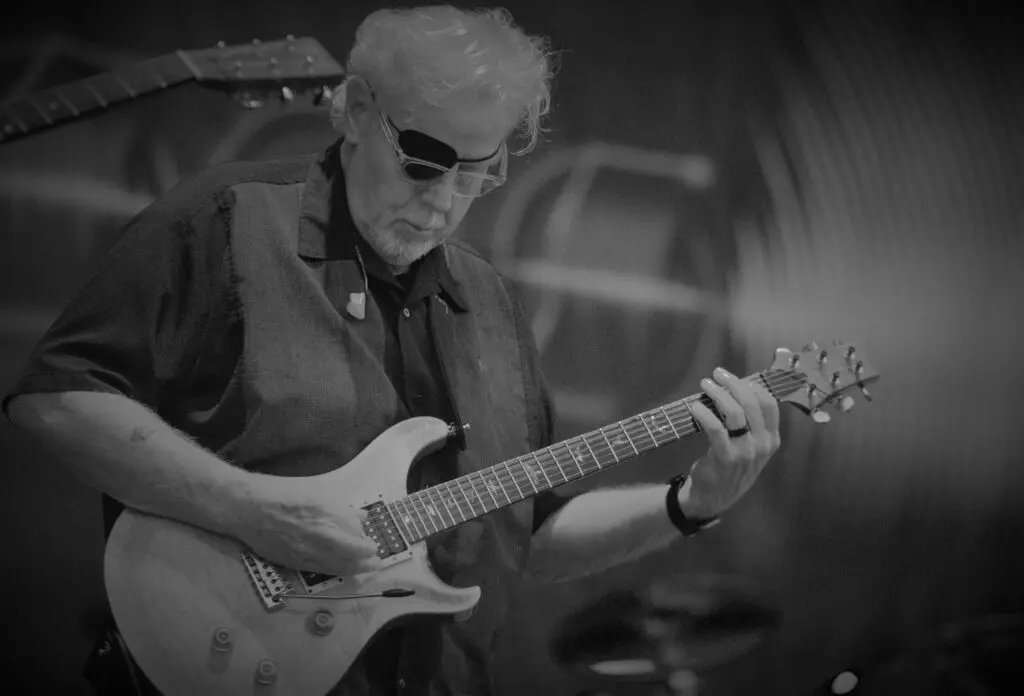
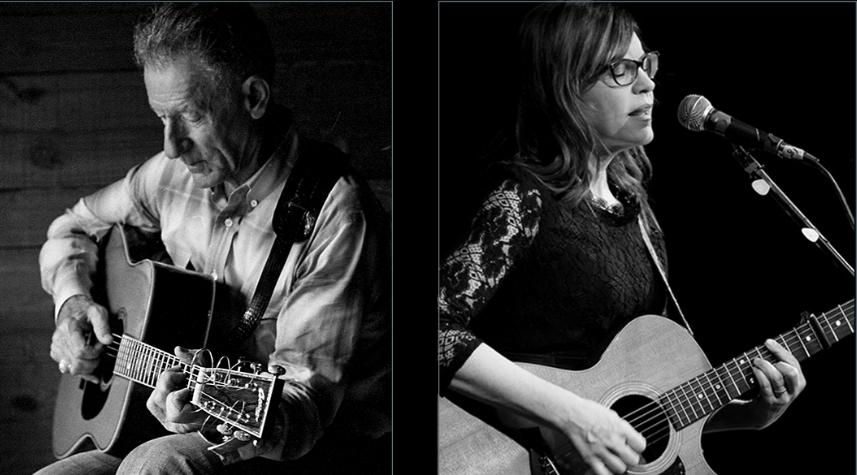
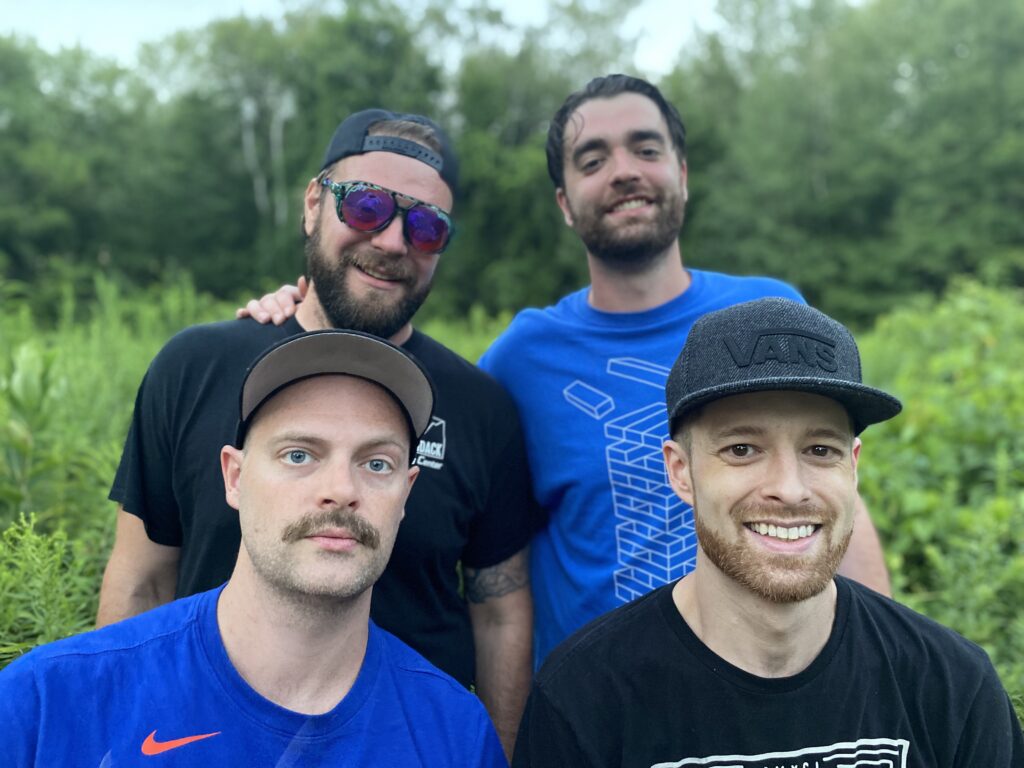
 RadioRadioX
RadioRadioX